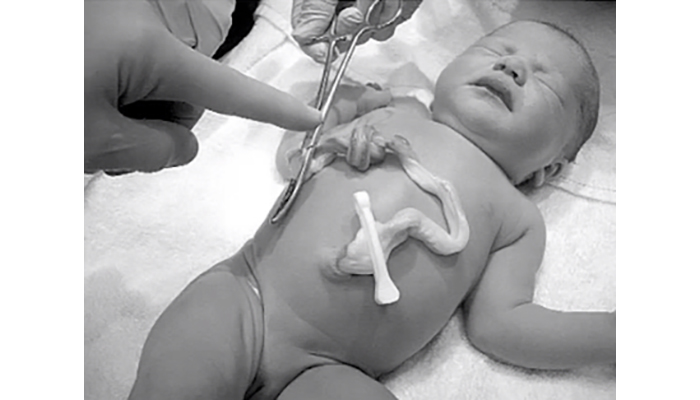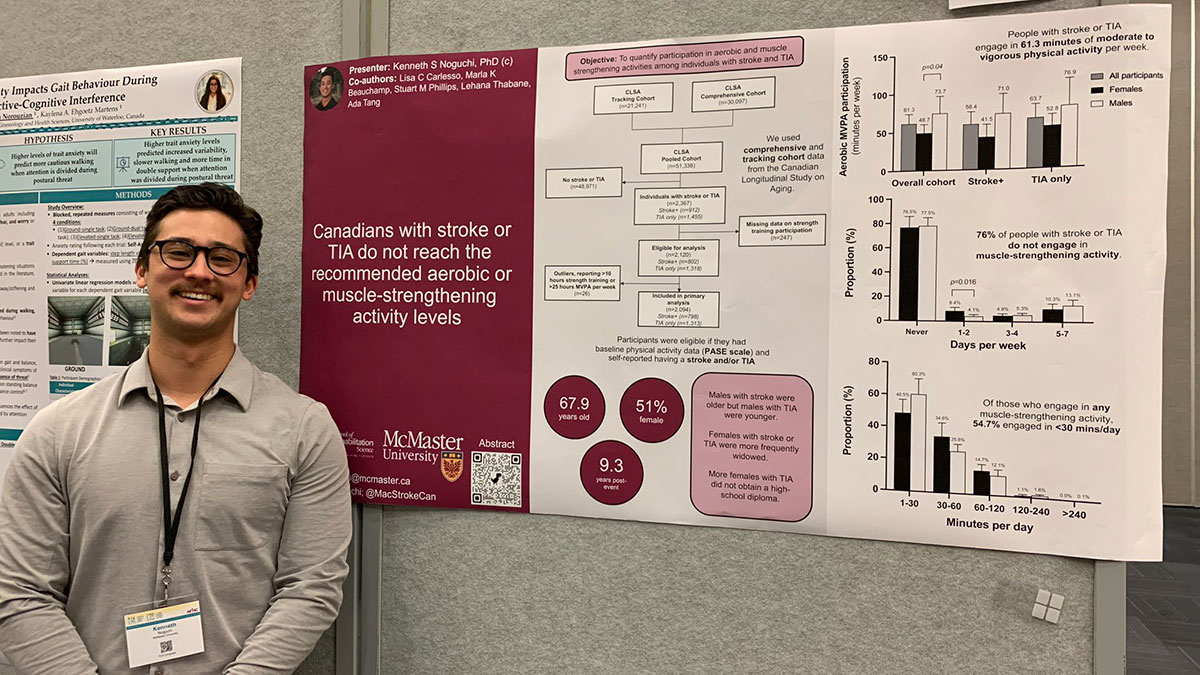Cord Clamping: To delay or not delay? That is the question

Discusses the beneficial health outcomes involved with delaying cord clamping.
This video discusses the beneficial health outcomes involved with delaying cord clamping.
What is the umbilical cord?
The umbilical cord connects the fetus to the placenta of the mother and contains one vein and two arteries. The umbilical vein supplies the fetus with oxygenated and nutrient rich maternal blood from the placenta. The two umbilical arteries return deoxygenated, nutrient depleted blood and waste products back to the placenta.
What is cord clamping?
When the baby is born, vaginally or through caesarean section, the baby is still connected to the placenta via the umbilical cord. A medical professional will physically clamp the umbilical cord with forceps to prevent blood flow from the placenta to the newborn. Soon after, the umbilical cord will be cut to separate the newborn from the placenta as the baby can now breathe on its own.
What is early and delayed cord clamping? What are some of the risk factors involved?
Early and delayed cord clamping can be clinically defined as within 5 seconds and after 60 seconds, respectively. One major risk factor for early cord clamping is the development of childhood anemia which is defined as an insufficient amount of red blood cells or haemoglobin in the blood. There are no identified major risk factors correlated with delayed cord clamping.
[Please complete our feedback form]
Demystifying Medicine, Education, Pregnancy
Related News
News Listing

How this nursing PhD grad is working towards reconciliation through research
Education, Feature, School of Nursing
6 hours ago

Daily News ➚
Two exceptional graduating students awarded prestigious Governor General’s Academic Gold Medal
Education, School of Nursing
1 day ago

Three degrees & a wedding at The Phoenix. This grad reflects on a decade at McMaster.
Education, Feature, School of Rehab Science
3 days ago
